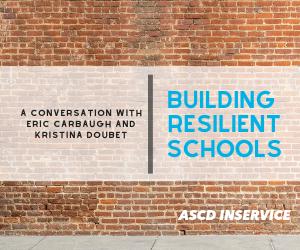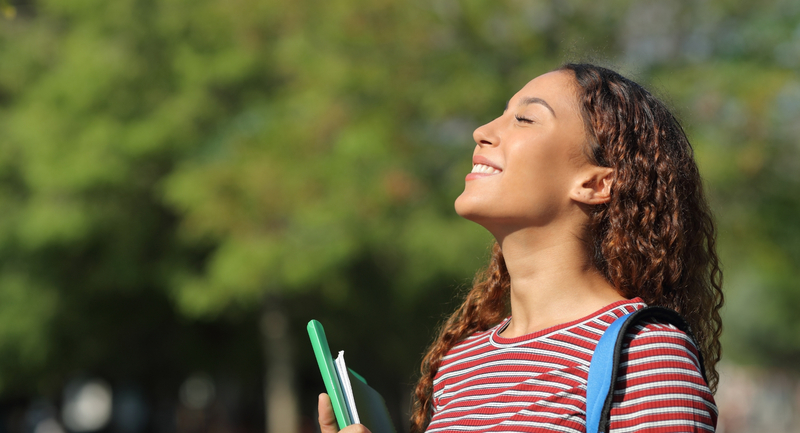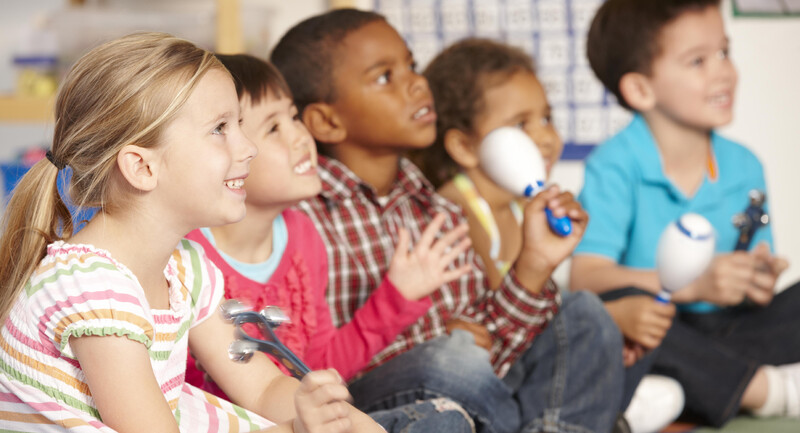“Thriving gap” found among high school students learning remotely.
The pandemic has taken its toll on the well-being of students learning remotely, according to a new study published in the journal Educational Researcher. The study reports that high school students learning from home showed lower levels of social well-being (74.8 vs. 77.2), emotional well-being (55.7 vs. 57.4), and academic well-being (77.3 vs. 78.4) than students who learned in person at school. These differences remained consistent across gender, race and ethnicity, and socioeconomic status.
The survey—led by University of Pennsylvania researcher Angela Duckworth—looked at 6,500 Florida high school students who were given the option of attending school in person or virtually. About two-thirds chose the latter. The survey was performed just prior to building closures in February 2020 and performed again several months into the pandemic.
To capture social well-being, the survey included questions about fitting in at school, whether students could turn to an adult for advice, and whether there was an adult who cared about their improvement. For emotional well-being, teens responded, on a 0–10 scale, about how happy, sad, and relaxed they were feeling, and then how they were feeling overall. As for academic well-being, the survey asked how interesting students found classes, how important it was for them to do well, and whether they felt they could succeed in class.
Such findings begin to paint a clearer picture of the pandemic’s impact on students and could signal why in early July the CDC advised districts to reopen in person this fall—with mitigation strategies in place.
This week, given new Delta variant evidence, the CDC updated their guidance to recommend “universal indoor masking for all teachers, staff, students, and visitors to K-12 schools, regardless of vaccination status,” yet did not reverse earlier guidance urging students and teachers to return to school.
It remains to be seen how the “thriving gap” will impact high school students this fall. But educators can surely be better prepared for the challenges ahead by keeping the needs of the whole child in mind.
Read more about how to help students (and teachers) improve their well-being as they transition back to school:
- Instructional Planning After a Year of Uncertainty – Craig Simmons provides a detailed look at planning and pacing for the upcoming academic year.
- Engaging Students in Personally Meaningful SEL – Casey Pettit and Claudia Bicen look at several touchpoints for lesson planning that support students’ emotional, psychological, and academic well-being.
- Leading Together / We’re Not OK, and That’s OK – Before focusing on students’ mental health, educators have to take care of their own social and emotional well-being.








